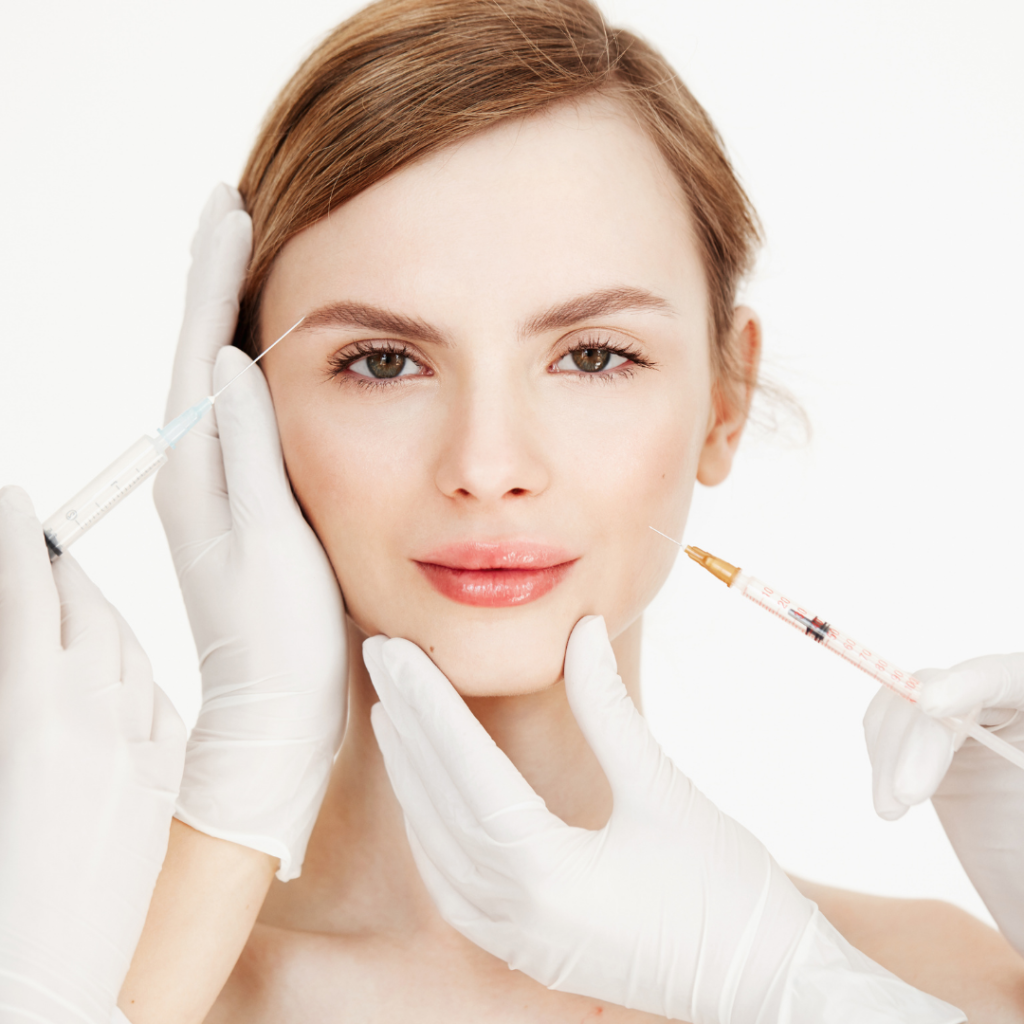Psoriasis Psoriasis is a non-contiguous skin ailment where skin cells become dry and itchy patches and form scales. These skin cells are again and again painful as they compile, leading to the formation of thick dry ad silvery scales also as red patches. In some circumstances, the looks of pus-filled blisters takes place. because the psoriasis patches are versatile in nature, they’ll diverge from some minimal spots to large-scale eruptions covering extensive areas. It is noted that out of 100 a minimum of 1-2 people have psoriasis. this suggests out of 1.35 billion people in India a minimum of 1-2 crore people may have psoriasis. General causes of Psoriasis With the arrival of technology and years of research work, experts have acknowledged the 2 major causes by which psoriasis takes place. Genetics Genes are often one among the first reasons backing psoriasis, as many humans tend to develop this disorder thanks to their inheritance of genes from their immediate relations . With this, if any close blood relative carries this skin condition, it’s responsible for the opposite individual therein family to achieve psoriasis. Immune system The physical body consists of varied sorts of cells. Amongst which, White blood cells strive to guard the body from numerous infections by attacking and destroying the invading bacteria. While doing so, these cells mistakenly cause the assembly process of skin cells to travel into an overdrive mode. This leads to the piling from new skin cells on the skin surface which are called plaques. Symptoms As human bodies vary in nature, the impact of any quite disease and its symptoms differ from person to person. Also, the sort of psoriasis is an influential factor for the symptoms to point out up. With this, the foremost prevailing symptoms of psoriasis comprise of: • Whitish-silver scales • Inflamed patches of skin which are reddish in color • Patches which provides a way of itching and burning • Some soreness round the patches etc. It is also evident that the symptoms of psoriasis have a recurrent nature. this suggests for a particular period of your time (usually a couple of days or weeks) these symptoms reach its peak then after diminishes to urge completely unnoticeable. Types of Psoriasis As mentioned earlier, Psoriasis possesses a flexible quite nature that it’s classified into eight main categories. 1. Psoriasis Vulgaris Psoriasis Vulgaris (where Vulgaris means common) is essentially the medical term for the foremost common sort of psoriasis. it’s estimated that amongst all the psoriasis-affected patients, 80% of them have Psoriasis Vulgaris. Commonly termed as “plaque psoriasis”, it reflects well-defined patches of red raised skin also as silvery white build-up on the highest of plaques which is understood as scale. The areas affected are often elbows, knees, trunk, scalp, etc. 2. Scalp Psoriasis As the name suggests, scalp psoriasis takes place on the scalp of the physical body . it’s non-contiguous, thus the possible causes are thanks to the system which repeatedly sends faulty signals on which the skin cells grow too quickly. These skin cells compile to make red patches which also are visible on the forehead, down the rear of the neck, and behind the ears along side the scalp. Itchiness, dry flaky scalp, red and white patches are a number of the symptoms of scalp psoriasis. 3. Palmoplantar Psoriasis In this sort of psoriasis, the palms of the hands and therefore the soles of the feet are affected. Palmoplantar psoriasis may occur at any age. The symptoms are often redness and scaling within the palms, itching and burning sensation, and bleeding. Also, the environmental factors and lifestyle choices can elevate the probabilities of building palmoplantar psoriasis. 4. Nail Psoriasis Formation of psoriasis beneath the cuticle from the nail root results in nail psoriasis. Change within the color, the looks of the surface, thickening, separation, and build up of debris are a number of the symptoms associated with nail psoriasis. 5. Inverse Psoriasis Also referred to as hidden or intertriginous psoriasis, Inverse psoriasis usually affects skin folds. The areas of the body where skin rubs against the skin are where this psoriasis is found. It doesn’t happen generally and mainly occurs within the groin area, inner thighs, or under the armpits. 6. psoriatic arthritis Psoriatic arthritis takes place within the bones of a person’s body. it’s a condition during which the patient’s fingers and toes get swollen. Also, various joints within the body are affected leading to stiffness and tiredness, scaly skin, fatigue, and fewer range of motion. Oligoarticular and Polyarticular are the main sorts of rheumatoid arthritis . they’re differed by the amount of joints which are affected also because the sort of pain that occurred. 7. Psoriatic Erythroderma Psoriatic Erythroderma may be a rare also as life-threatening sort of psoriasis. It covers most parts of the body from head to toe. The characteristics of psoriatic erythroderma are inflammatory and aggressive in nature and thus the skin appears to be completely red as sunburned. 8. Pustular Psoriasis Commonly seen in adults, pustular psoriasis results in whitish, pus-filled blisters on various parts of the body. They form near or inside the red skin blotches and are termed as pustules. Pustular psoriasis generally forms on the palms, soles, fingers, etc. Treatments Let’s keep it clear, Psoriasis is incurable. this suggests it are often controlled but can’t be cured completely. Thus the treatment mainly focuses on the reduction of scales, inflammation, and elimination of plaques. Several sorts of treatments have come to life after decades of research and experiments. Topical Treatments In order to scale back mild to moderate sort of psoriasis, application of ointments and creams directly on the skin can convince be advantageous. Topical treatments like Topical steroid cream, Calciborite (Non-steroid cream), Acitretin capsules which helps to get rid of dead skin, moisturizers are most ordinarily used for psoriasis. It is advised to consult a doctor whenever before indulging into any quite treatment.




